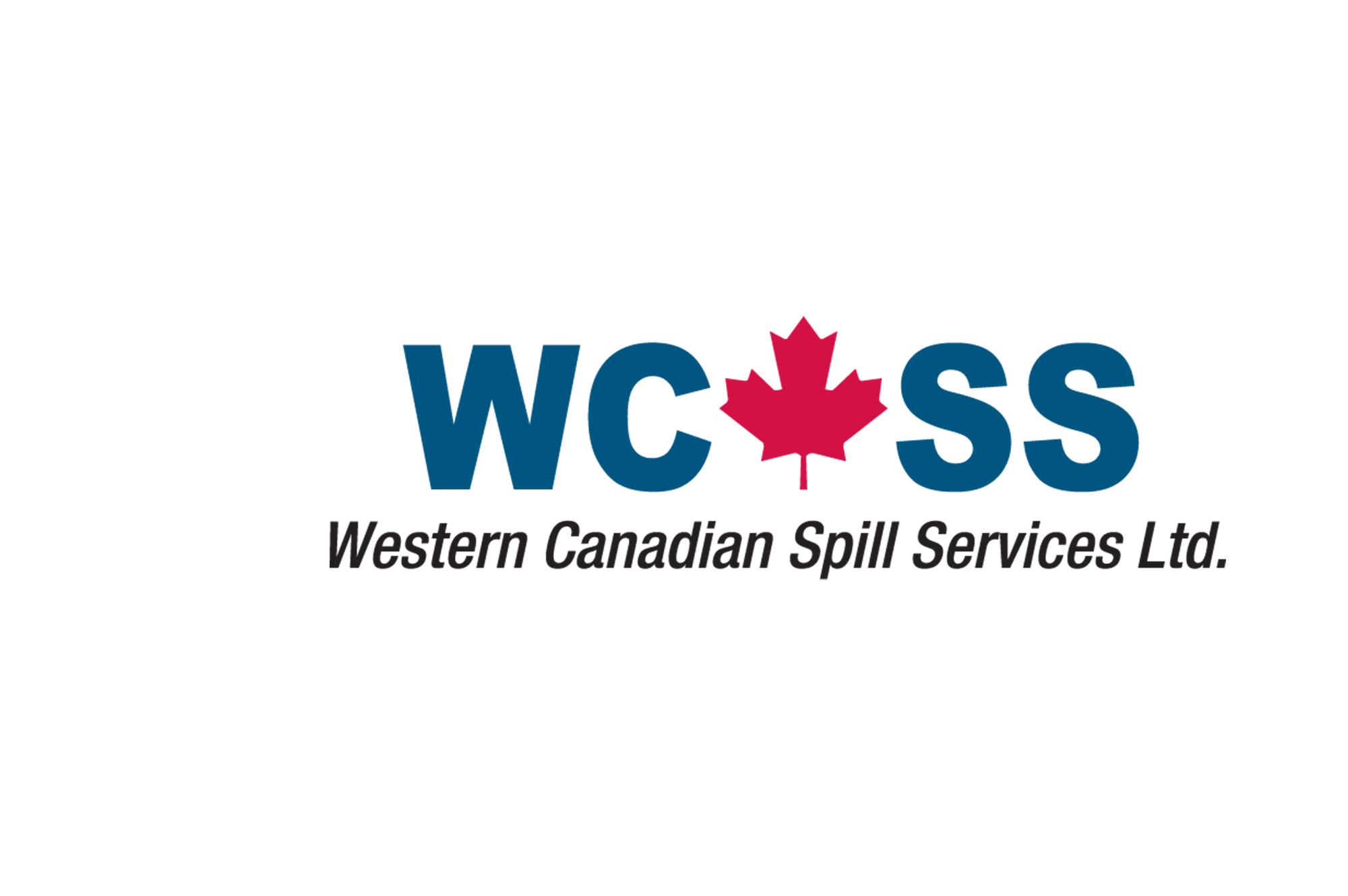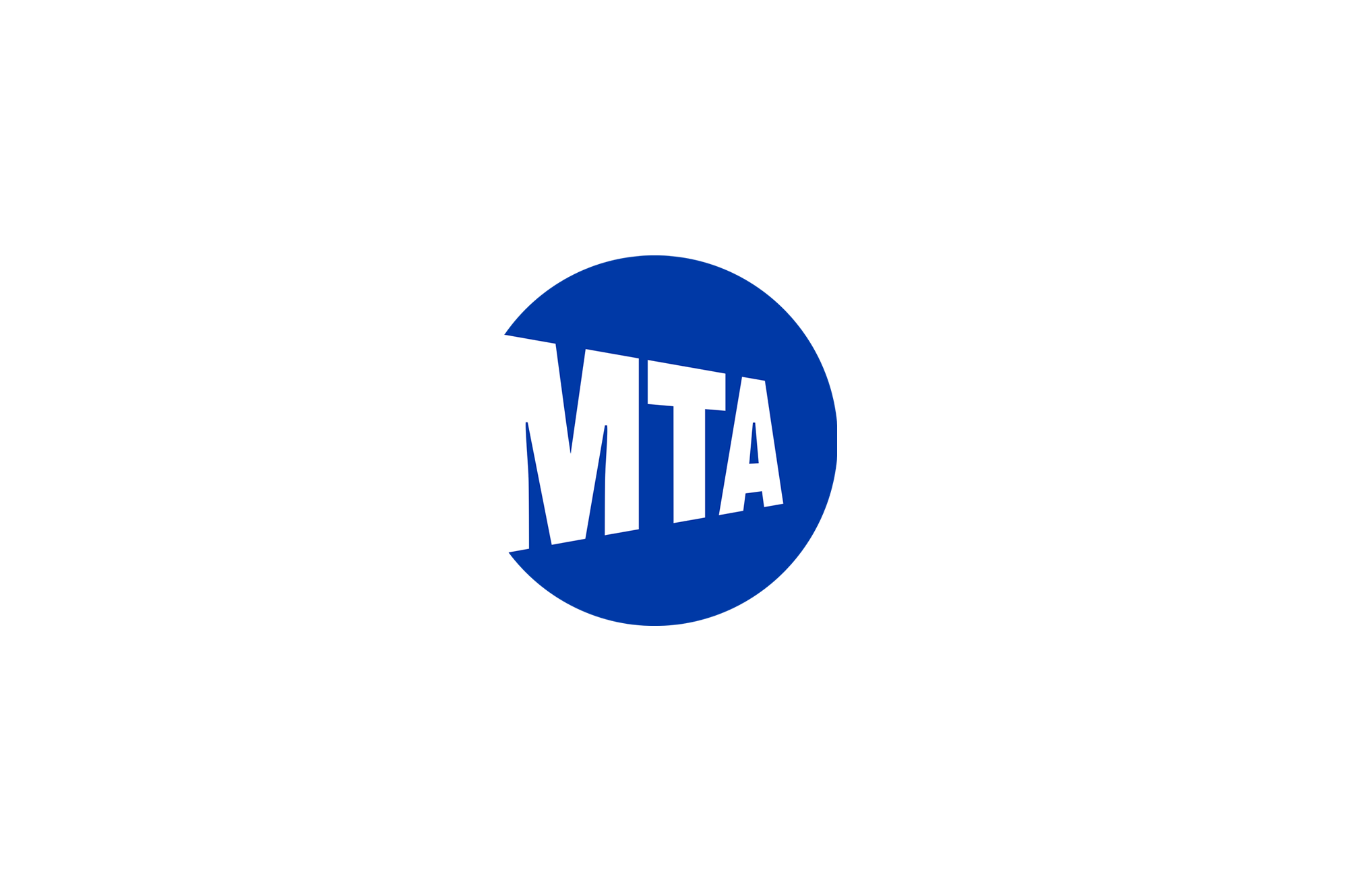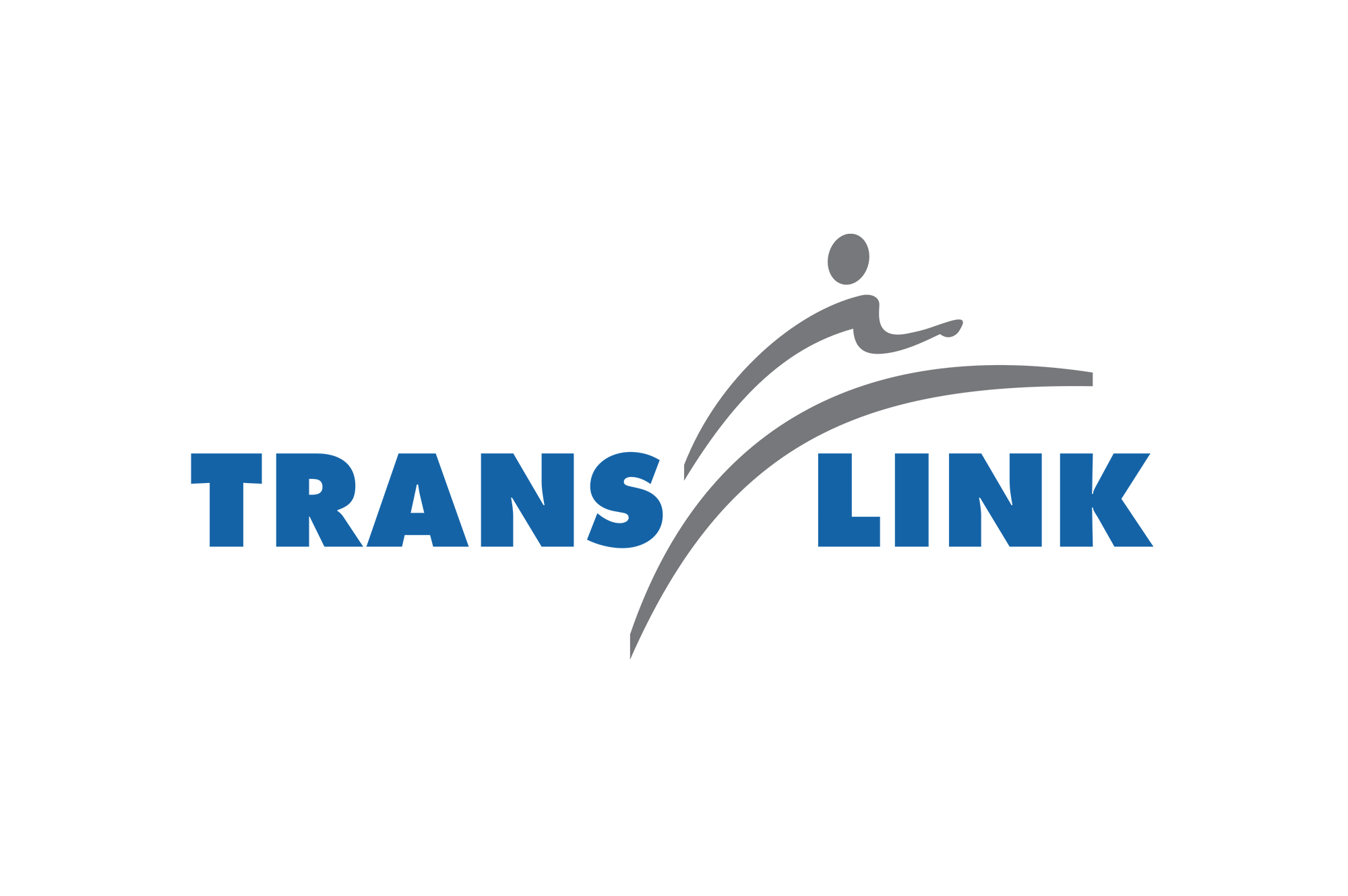BLOG
Measuring Workplace Training: 3 Ways to Attract and Retain Talent
Want to attract and retain top talent for your business? Here are three best practices for how learning and development can measure complex training efforts.

Want to attract and retain top talent for your business? Here are three best practices for how learning and development can measure complex training efforts.

If you’re looking to employ top talent, having stellar learning and development (L&D) goes a long way to attracting and retaining the superstars you want. But how do you know your training’s working? You measure it.
Here are three best practices for how learning and development can measure your workplace training efforts.
L&D opportunities are among the top reasons why people choose to work at an organization and play a significant role in employee retention and performance. But there’s a catch: the learning and development opportunities have to be good.
Really good.
In a poll conducted by market research firm, Harris Interactive, results indicated that employees who received inadequate training were three times more likely to leave the company than those who considered their training excellent. For many, excellent training means accessing eLearning where and when they want. The Research Institute of America found that online learning increases retention rates 25 to 60 percent, compared with the relatively low retention rates of eight to 10 percent for face-to-face training.
The reason? Employees respond well to eLearning’s faster pace, preferring to optimize their time instead of spending it in a traditional, instructor-led classroom – good news during a pandemic. In fact, according to a Brandon-Hall Study, learning through eLearning typically requires 40 to 60 per cent less employee time than learning the same material in a traditional setting. And, without compromising the quality of learning.
Add to that the sizable workforce numbers of Millennials and Generation Z, two cohorts that seek continuous improvement and opportunities for career growth. Studies indicate that the key to success is to keep them engaged, productive, and satisfied.
Making learning and development easy to access and digest, not to mention, mobile-friendly and stimulating, does more than attract and retain employees. It sets them up for success, increases their motivation to learn, and improves productivity and performance opportunities.
If you’re struggling to demonstrate the organizational impact of your training programs, knowing what’s working—and what’s not working—can make or break your L&D efforts. The benefits of workplace training is a non-exhaustive list, and measuring its true effectiveness is one good place to start. But the question remains, where exactly do you start?
While filling gaps in knowledge is the primary focus of L&D departments, a key objective should also be demonstrating the value of training. Deciding what to measure is the first step to getting it right.
Key Performance Indicators (KPI) help you keep track of the important things without getting bogged down in data. Tying those KPIs to training goals is an integral part of continuing to grow and refine the programs.
There are two types of data to employ in your measurement: quantitative and qualitative. Quantitative data can be counted and expressed using numbers, while qualitative data is more subjective and interpretive. Both are important.
Quantitative data include completion rates, operating costs, the number of errors, and sales. This data measures the deep impact of training programs and informs L&D teams with concrete statistical information on how it impacts business goals.
While these are important metrics, they don’t tell the whole story. That’s where qualitative measurement comes in. Although it does not immediately affect the bottom line in terms of business conversion metrics, it improves company health and safeguards against increased turnover in the long run.
Understanding learner experiences, whether a training program meets their learning objectives, or improves the knowledge, skills and values they identify at the start, are all qualitative metrics for examination.
The success of workplace training depends on the right measurement. But it’s not just about what and how you measure, it’s also about whom you ask and when you ask it. Early planning helps you determine what metrics to measure. Don’t wait until after the training program has rolled out to start planning your analysis because, by then, it may be too late.
Plus, some programs’ benefits take one, two or several months after the training has occurred. Whether you’re tracking hard numbers or assessing the employees’ learning outcomes via pre-and-post-training tests, quantitative or qualitative measurement needs to happen.
Just as workplace training comes in all shapes and sizes and varies from department to department, your program metrics also vary. Ensuring you consider the different types of measurement will paint a vivid picture of your training, room for improvement, and its overall impact on individual employees and the organization.
Successful training boosts employee confidence, cooperation, leadership abilities, and higher morale. Measuring its impact also leads to faster achievements in business outcomes, better productivity, greater workforce readiness, and improved job satisfaction.
Now those are outcomes worth measuring.
Want to know more about how our digital knowledge solutions can create a competitive advantage? Connect with one of our experts today to learn more.
We develop digital knowledge solutions. Our team makes heroes of learning and development professionals. We improve workspace experience (and lives) across the globe, with better learning.




















